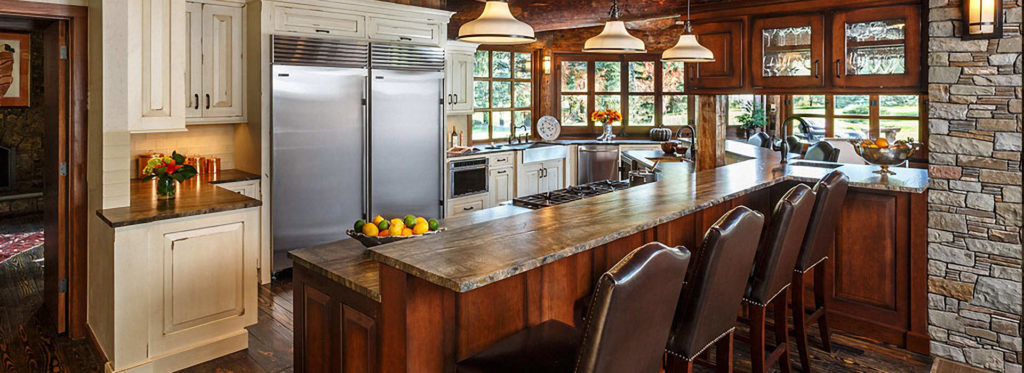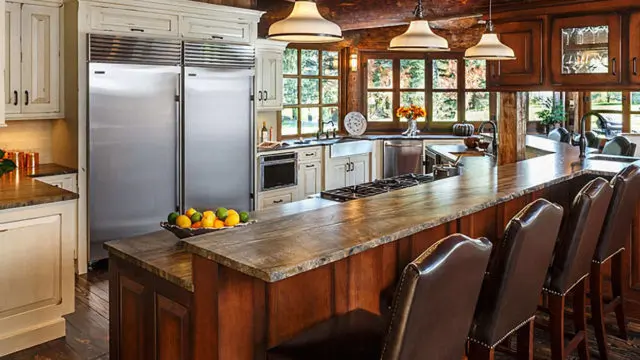Peripherals
Designer Lighting – Purpose, Nuances, Control

This post is the first of a series offering commentary and recommendation on implementing designer lighting. The series is focused on getting the most out of your lighting system by ensuring proper usage, more specifically on how to simplify control of dimness levels per individual switch legs. Certainly in the kitchen you’ll want full brightness for cooking, but in an open concept floor plan you’d prefer a soft cozy glow when resting in the adjacent living area. Sitting in front of a 5 dimmer switch bank for 10 seconds trying to find the perfect levels is a ridiculous concept, so we’re going to offer ways to simplify or automate control.
Designer lighting systems can be costly, so it’s best to ensure they’re being utilized properly or else it’s all for naught. This first article will lay the groundwork by finding nuance in definitions between designer lighting fixtures and designer lighting schemes. Future posts will focus on the scheme and it’s control, which is often an after thought.
Designer Lighting Fixtures
Designer lighting fixtures typically come from a collection that has been curated according to the physical design elements of the fixtures themselves, similar to pieces of art. The distinction between common and designer lighting fixtures is drawn when they have been designed and then carefully selected to serve as a particular aesthetic compliment to other design elements in the home. They offer a unique perspective on the overall decor. The perspective is unique because production quantities are low, which offers the opportunity for great variety across collections, allowing you or the designer to find the perfect piece. For this reason, they are not commonly found at big box retailers and are often sold by interior designers, boutique shops, and at trade shows.
Designer Lighting Scheme
A designer lighting scheme is a combination of different light fixtures in a room working in tandem to produce a desired lighting effect. Attention is paid to the light levels, the warmth of the lights (color), and how they wash against different design elements in the home. A robust designer lighting scheme uses dimmers so that the lights can be adjusted to perform a particular task in a room where multiple tasks are performed (as in our kitchen example above).
Lighting Control
This will be the topic of the next few posts. The most important, and which no designer lighting system should be without, is the ability to quickly and easily select scenes for different tasks. Once we’ve laid the groundwork for scene selection we’ll continue to talk about automating lights in different situations. Join our email list for updates on new posts!

